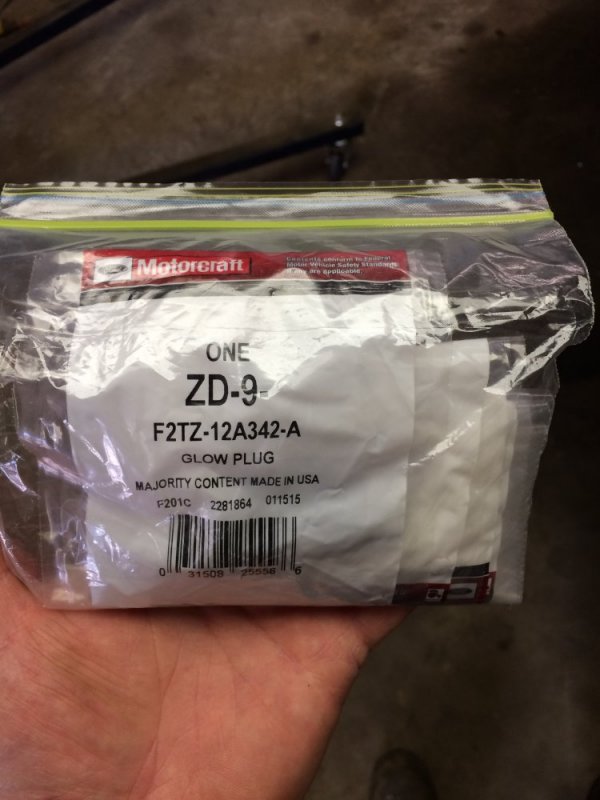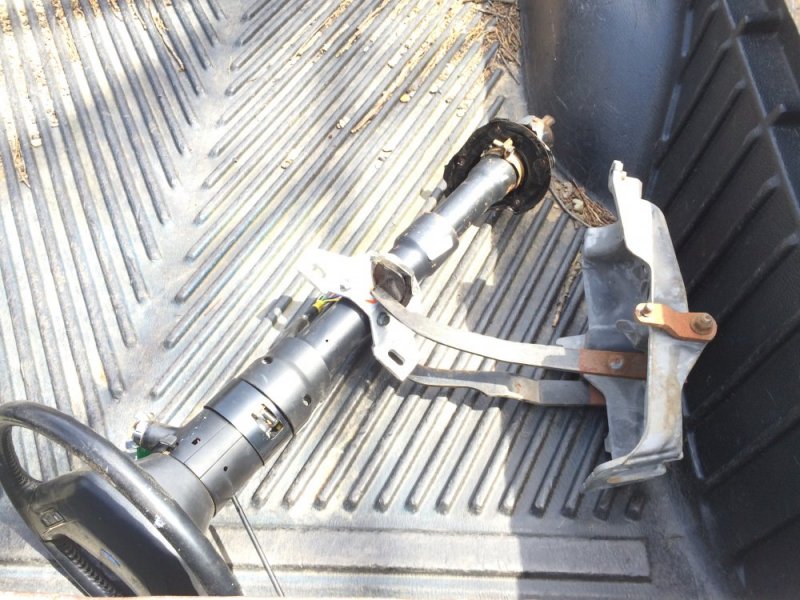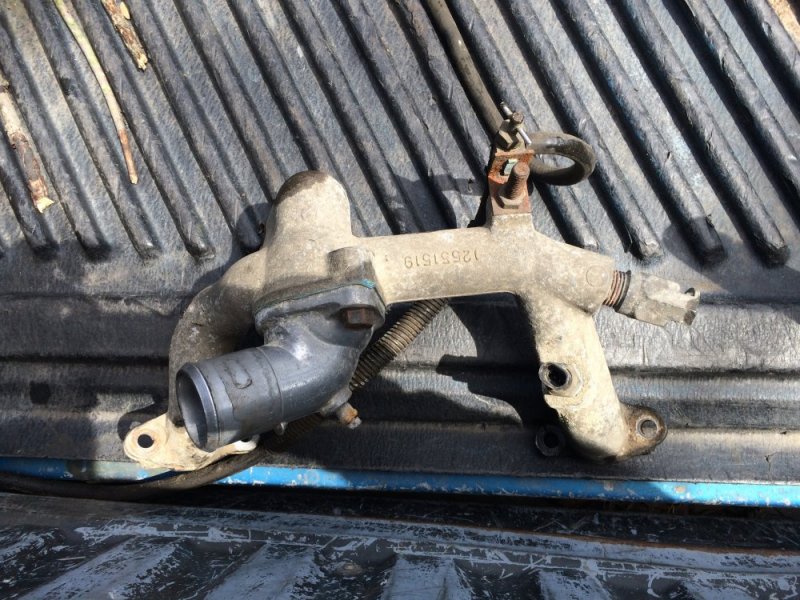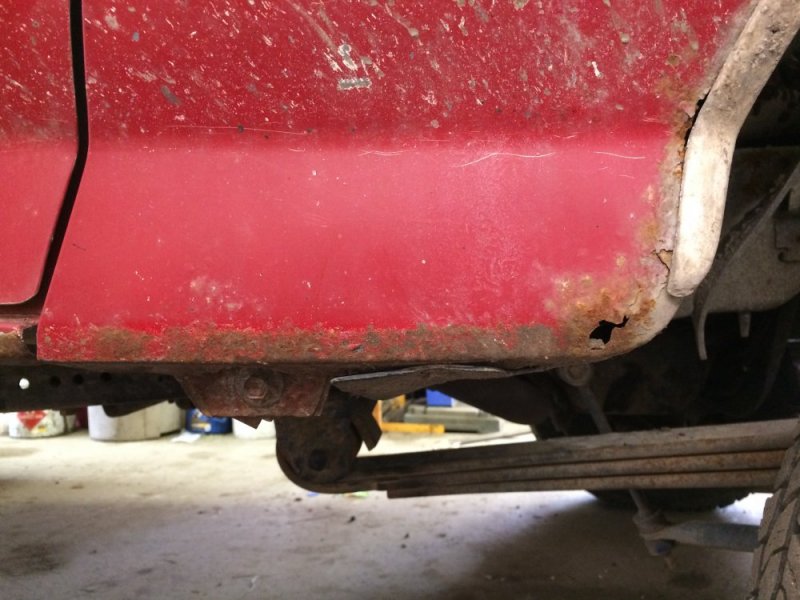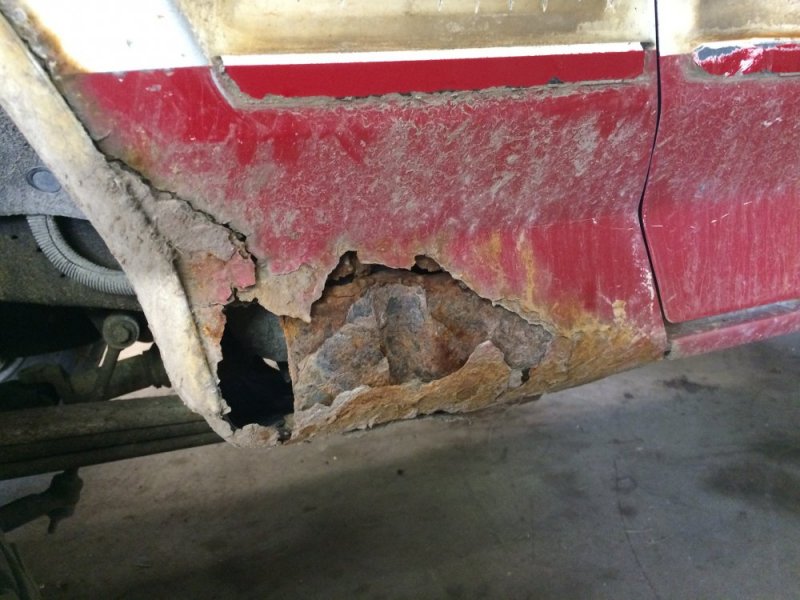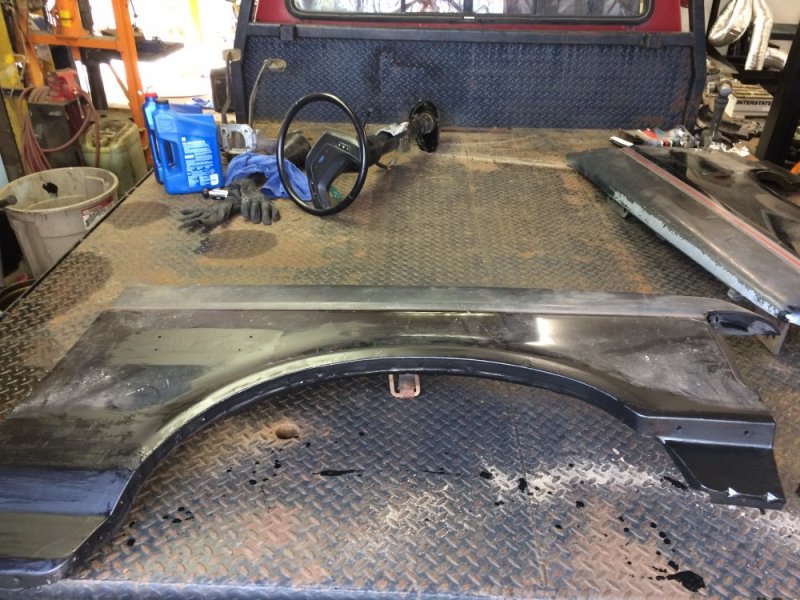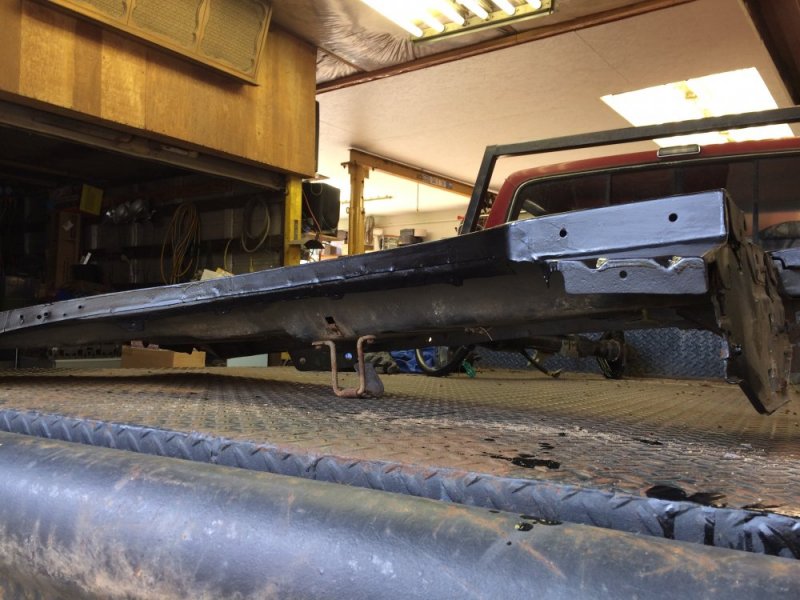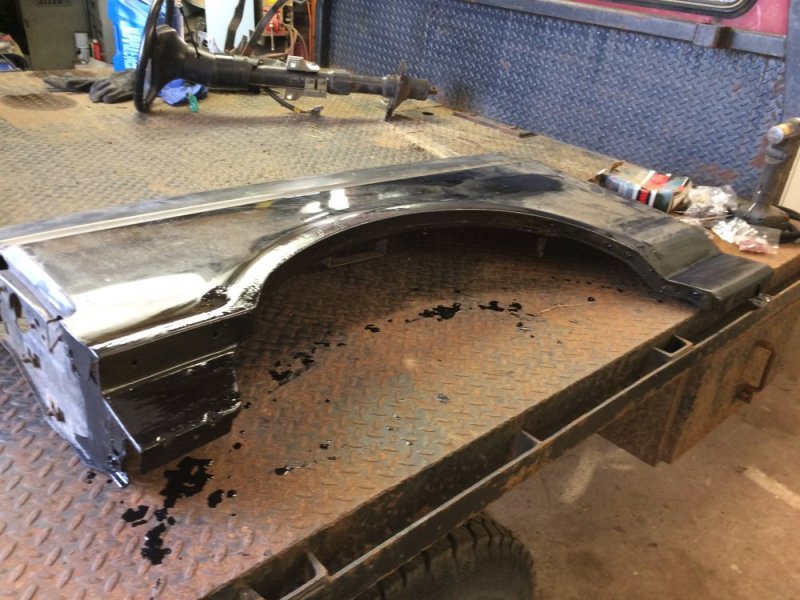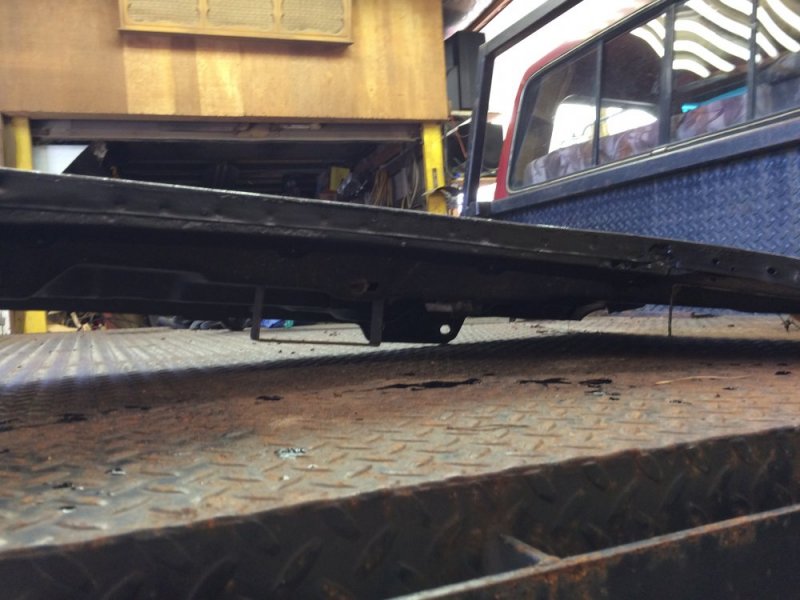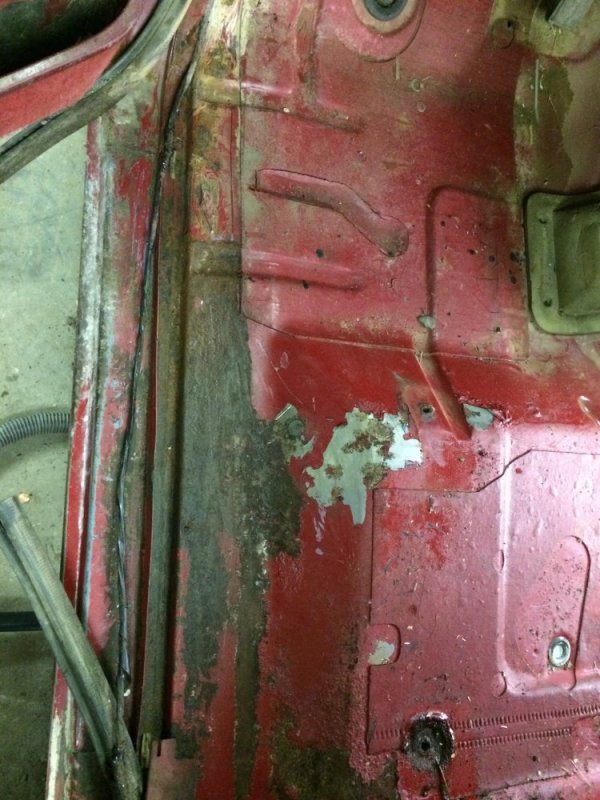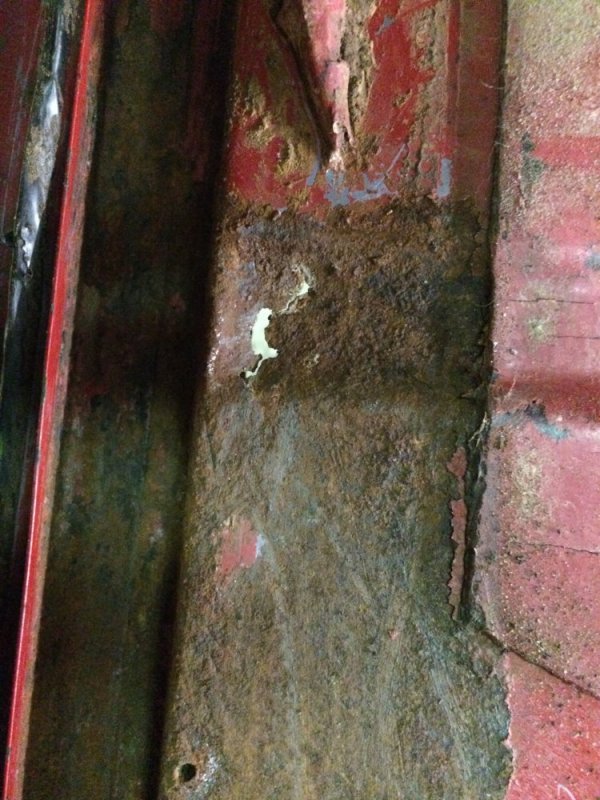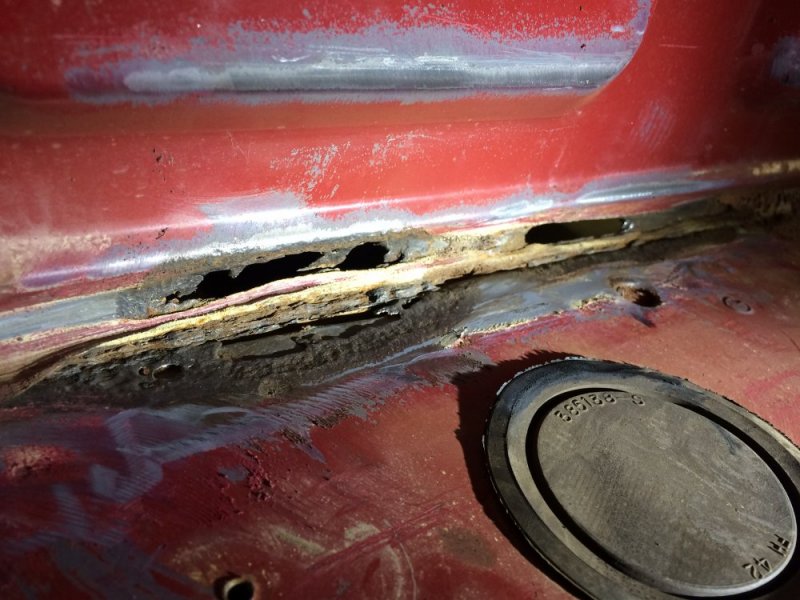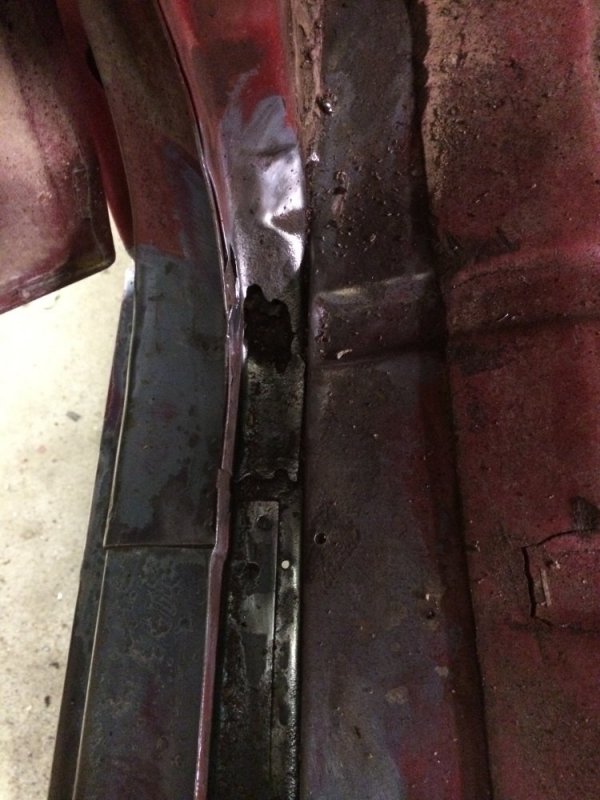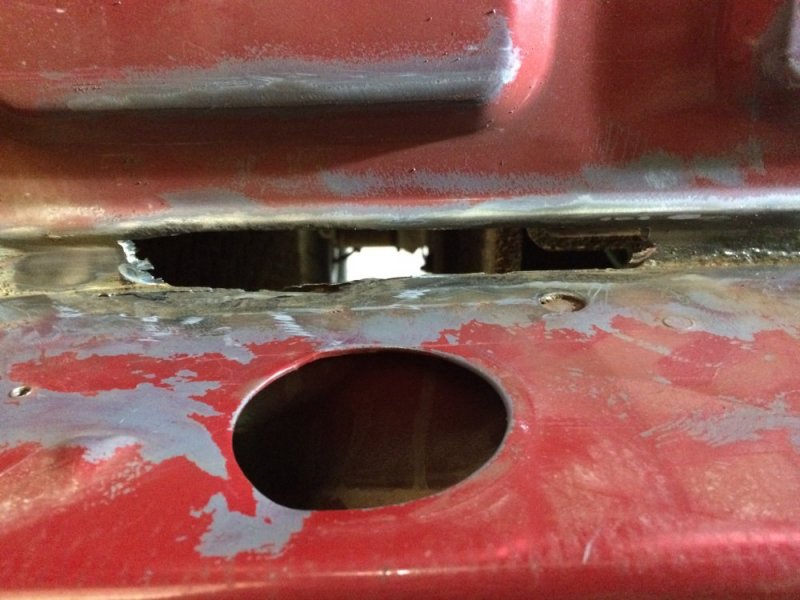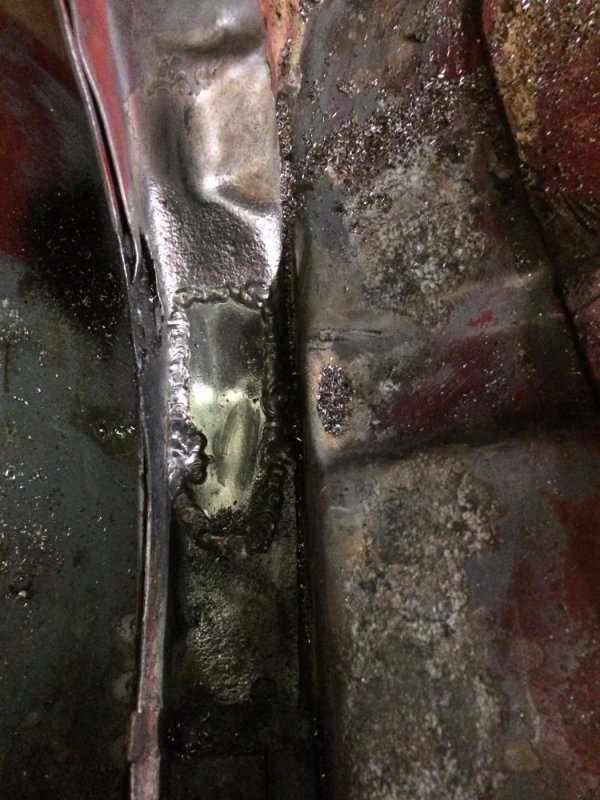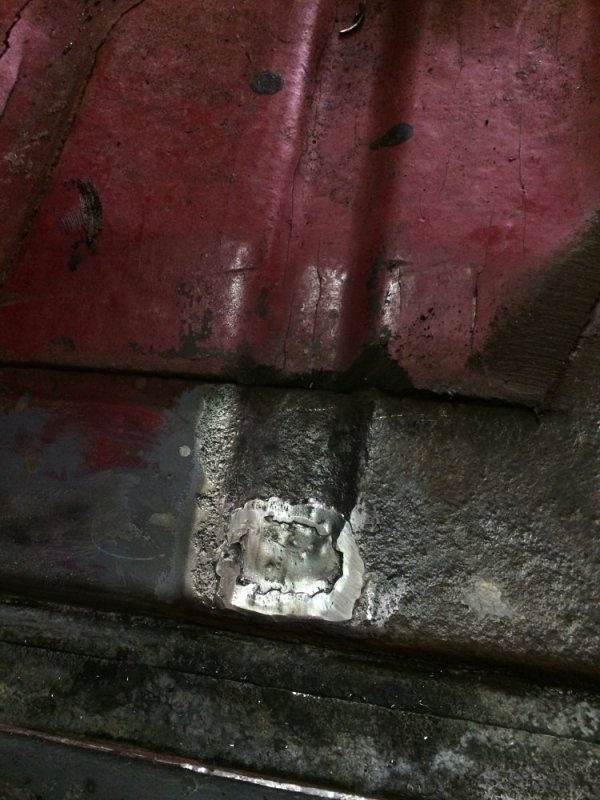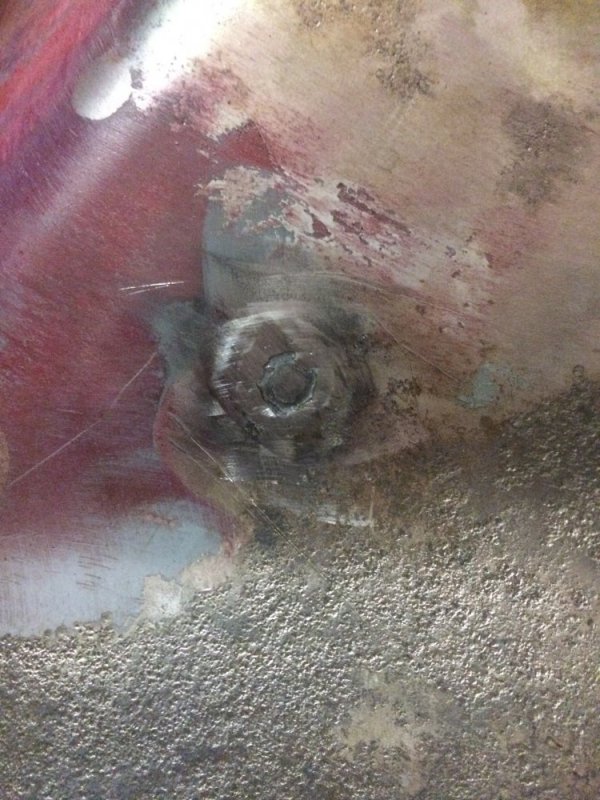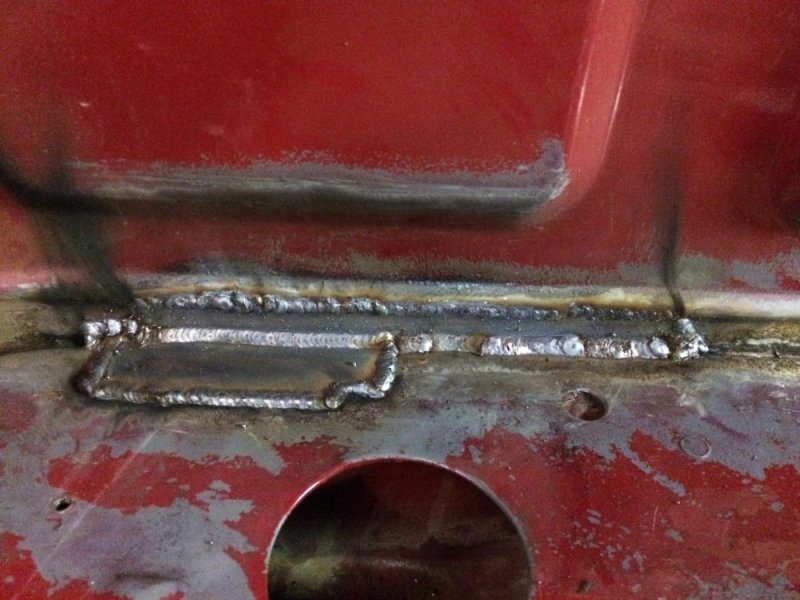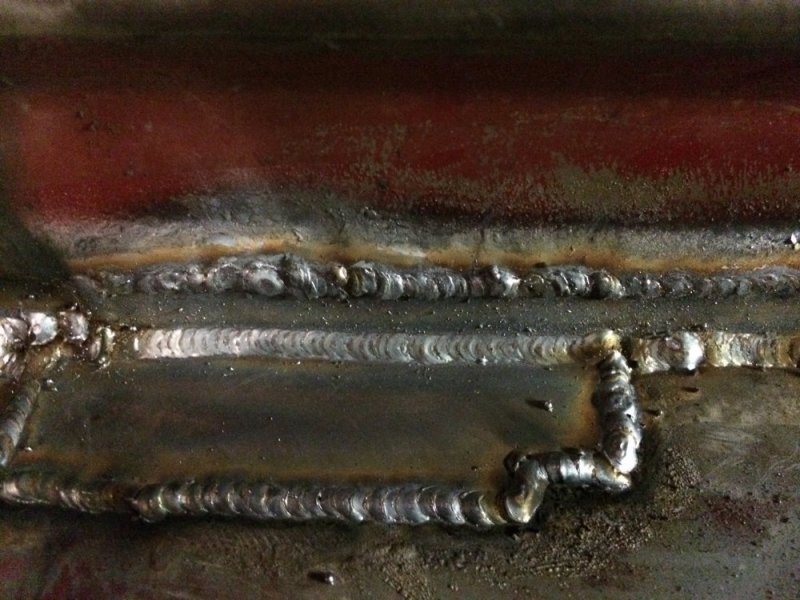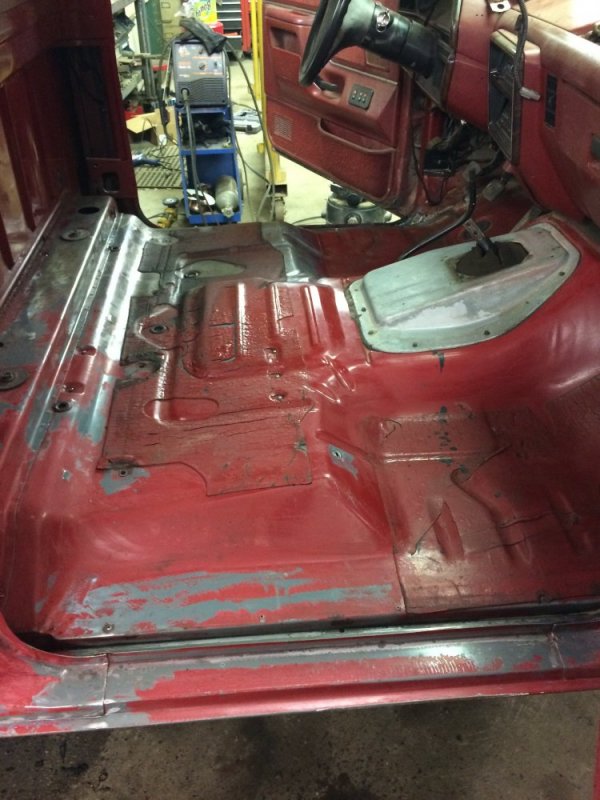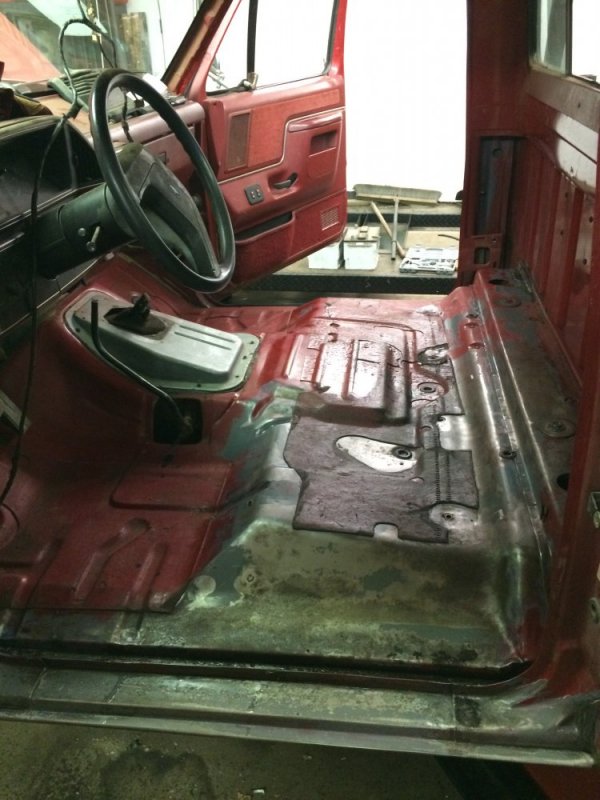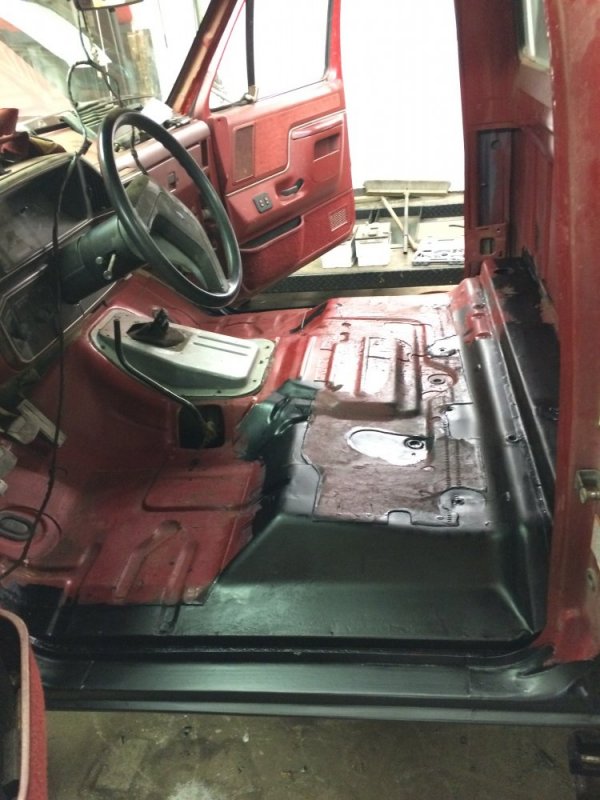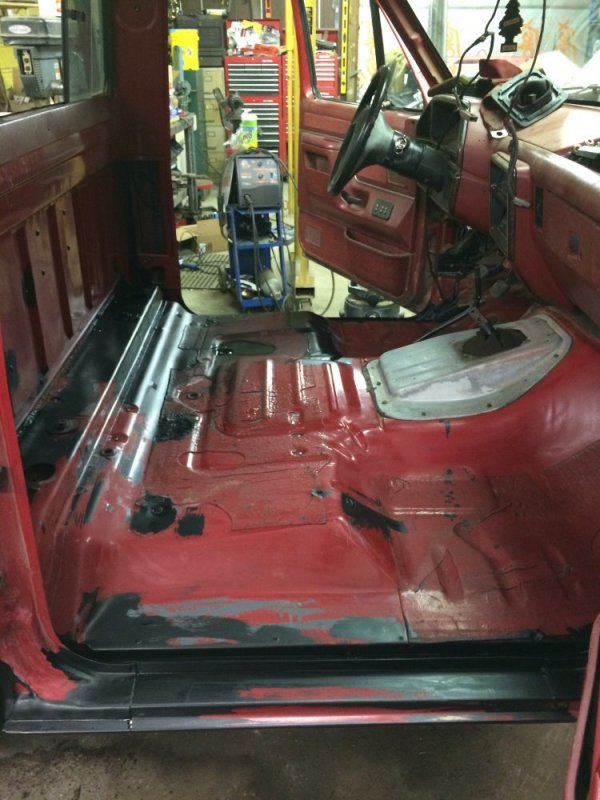n8in8or
I never met a project I didn’t like
Well, tonight was not the night I hoped it would be. I got the new glow plugs in and now it starts worse!! The glow plug controller had the light on for less time which I think I read was a sign of bad glow plugs (when you have ones that are open electrically like I had before), so that's puzzling. I've tried it a couple more times and the light is staying on longer so that's interesting too. But it also looks like I have air in the fuel system so now I get to mess with that, yay!!! Done for tonight, more to come.
